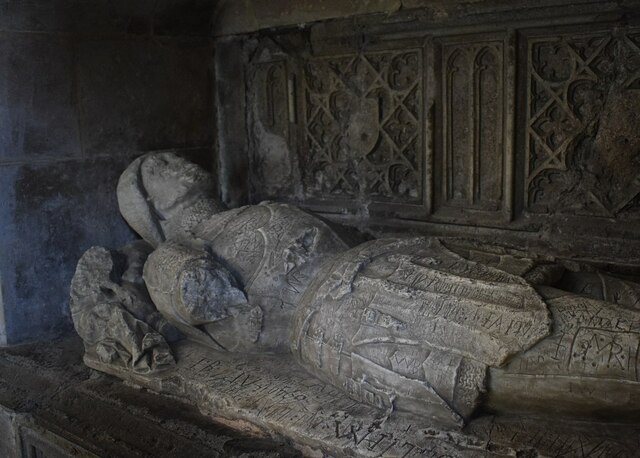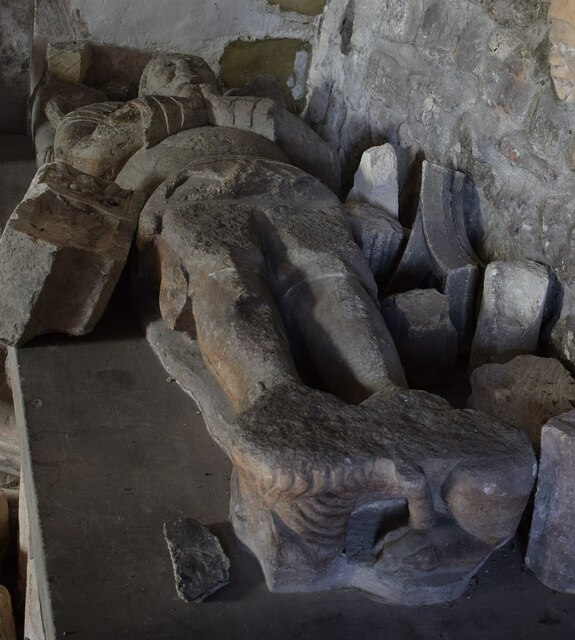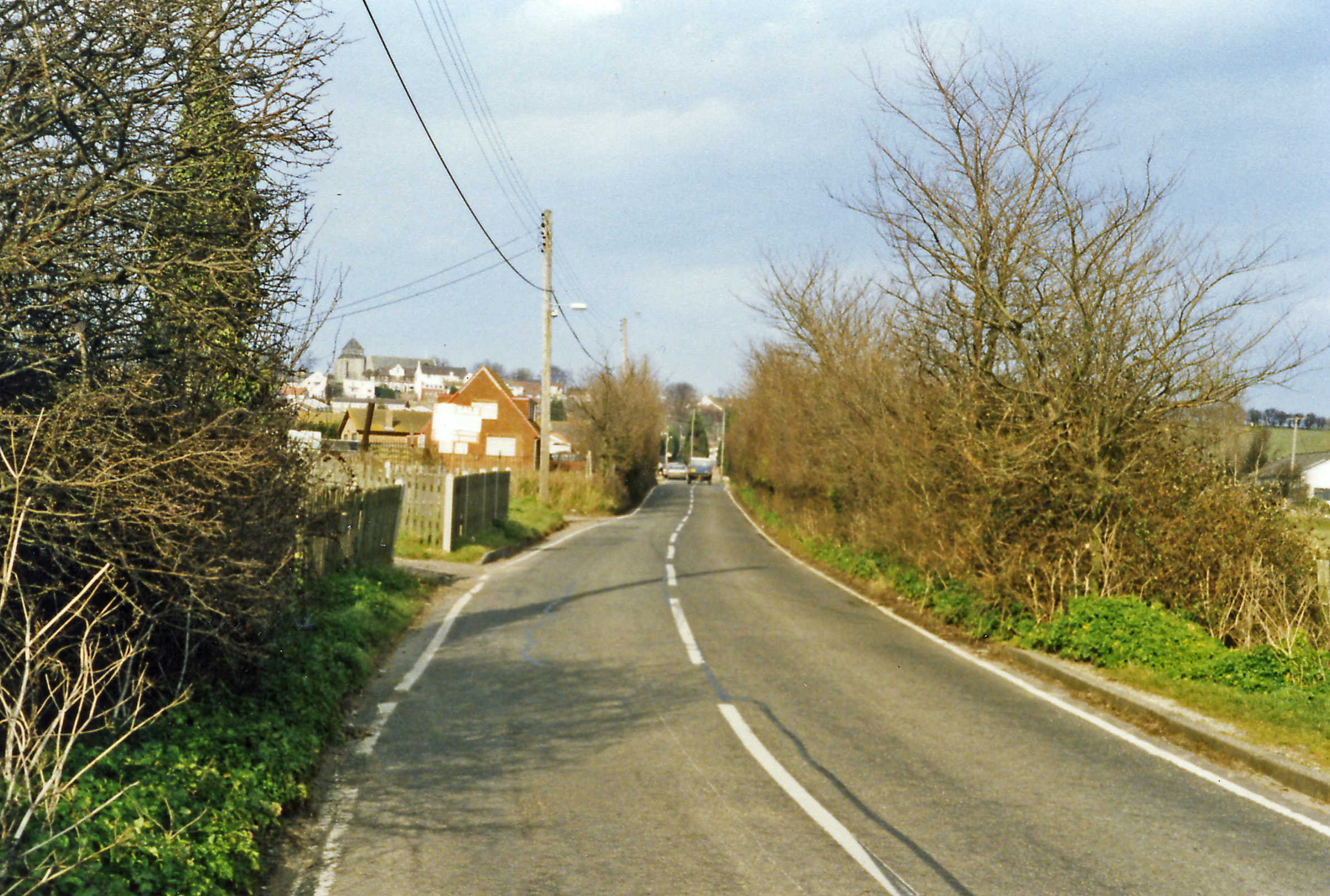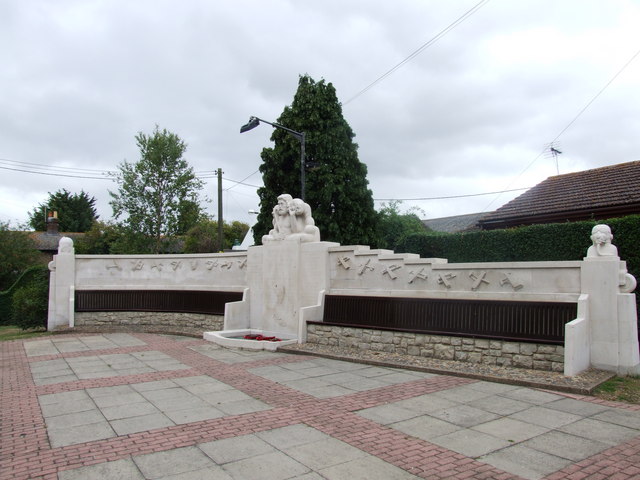Beal's Fall
Coastal Feature, Headland, Point in Kent Swale
England
Beal's Fall

Beal's Fall, located in Kent, is a remarkable coastal feature that encompasses a headland and a point. Situated along the southeastern coast of England, Beal's Fall offers breathtaking views of the surrounding landscape and the vast expanse of the English Channel.
With its rugged cliffs and dramatic coastline, Beal's Fall is a popular destination for nature enthusiasts and photographers. The headland, characterized by steep cliffs that drop down into the sea, provides a stunning backdrop for visitors to admire and capture the beauty of the area. The cliffs are composed of layers of sedimentary rock, showcasing the geological history of the region.
At the tip of the headland lies the point, which juts out into the sea, providing a panoramic view of the coast. This vantage point offers an ideal spot for birdwatching, as various seabirds can be observed soaring above the waves or nesting on the cliffs. The point's elevated position also makes it a fantastic location for spotting passing ships and sailboats.
Visitors to Beal's Fall can explore the coastal paths that wind along the cliffs, providing ample opportunities for scenic walks and hikes. Along the paths, wildflowers and coastal vegetation can be found, adding bursts of color to the landscape.
Overall, Beal's Fall is a captivating coastal feature that showcases the natural beauty of the Kent region. Its headland and point offer stunning views of the rugged cliffs, the expansive sea, and the diverse wildlife that call this area home.
If you have any feedback on the listing, please let us know in the comments section below.
Beal's Fall Images
Images are sourced within 2km of 51.424803/0.83370024 or Grid Reference TQ9773. Thanks to Geograph Open Source API. All images are credited.


![Sheppey - Minster Abbey - Gatehouse and museum Looking at the portal of <a href="https://www.geograph.org.uk/photo/7395745">TQ9572 : Sheppey - Minster Abbey - Gatehouse</a> which, apart from the church, is all that remains of the former abbey on this site, though since 1937 there has been an active nunnery here. This gatehouse houses a small museum, currently [Feb 2023] only open for a couple of hours on a Saturday. See their website here: <span class="nowrap"><a title="https://www.minstergatehouse.co.uk/opening-times" rel="nofollow ugc noopener" href="https://www.minstergatehouse.co.uk/opening-times">Link</a><img style="margin-left:2px;" alt="External link" title="External link - shift click to open in new window" src="https://s1.geograph.org.uk/img/external.png" width="10" height="10"/></span>](https://s2.geograph.org.uk/geophotos/07/40/14/7401442_5f4abce2.jpg)









Beal's Fall is located at Grid Ref: TQ9773 (Lat: 51.424803, Lng: 0.83370024)
Administrative County: Kent
District: Swale
Police Authority: Kent
What 3 Words
///guard.followers.reckoned. Near Eastchurch, Kent
Nearby Locations
Related Wikis
BRFM 95.6 FM
95.6 BRFM is a community radio station serving the Isle of Sheppey in Kent which launched on 30 October 2006. The station broadcasts 24 hours a day on...
Minster, Swale
Minster is a town on the north coast of the Isle of Sheppey in Kent, south-east England. It is in the Swale administrative district, and within that, in...
Brambledown Halt railway station
Brambledown Halt is a disused railway station between Minster and Eastchurch. It opened in 1905 and closed in 1950. == References == == External links... ==
Minster on Sea railway station
Minster on Sea is a disused railway station that served Minster on the Isle of Sheppey. It opened in 1901 and closed in 1950. == References == == External... ==
Shurland
Shurland is a place near Eastchurch, Isle of Sheppey, Kent, England. Shurland Hall stood here and was visited by Henry VIII of England and used during...
Sheppey Cliffs and Foreshore
Sheppey Cliffs and Foreshore is a 303.6-hectare (750-acre) biological and geological Site of Special Scientific Interest which stretches between Minster...
East Minster railway station
East Minster is a disused railway station serving Minster on the Isle of Sheppey. It opened in 1902 and closed in 1950. == References == == External... ==
Memorial to the Home of Aviation
The Memorial to the Home of Aviation is a stone memorial sculpture at Eastchurch, on the Isle of Sheppey in the English county of Kent. The Grade II* listed...
Nearby Amenities
Located within 500m of 51.424803,0.83370024Have you been to Beal's Fall?
Leave your review of Beal's Fall below (or comments, questions and feedback).









